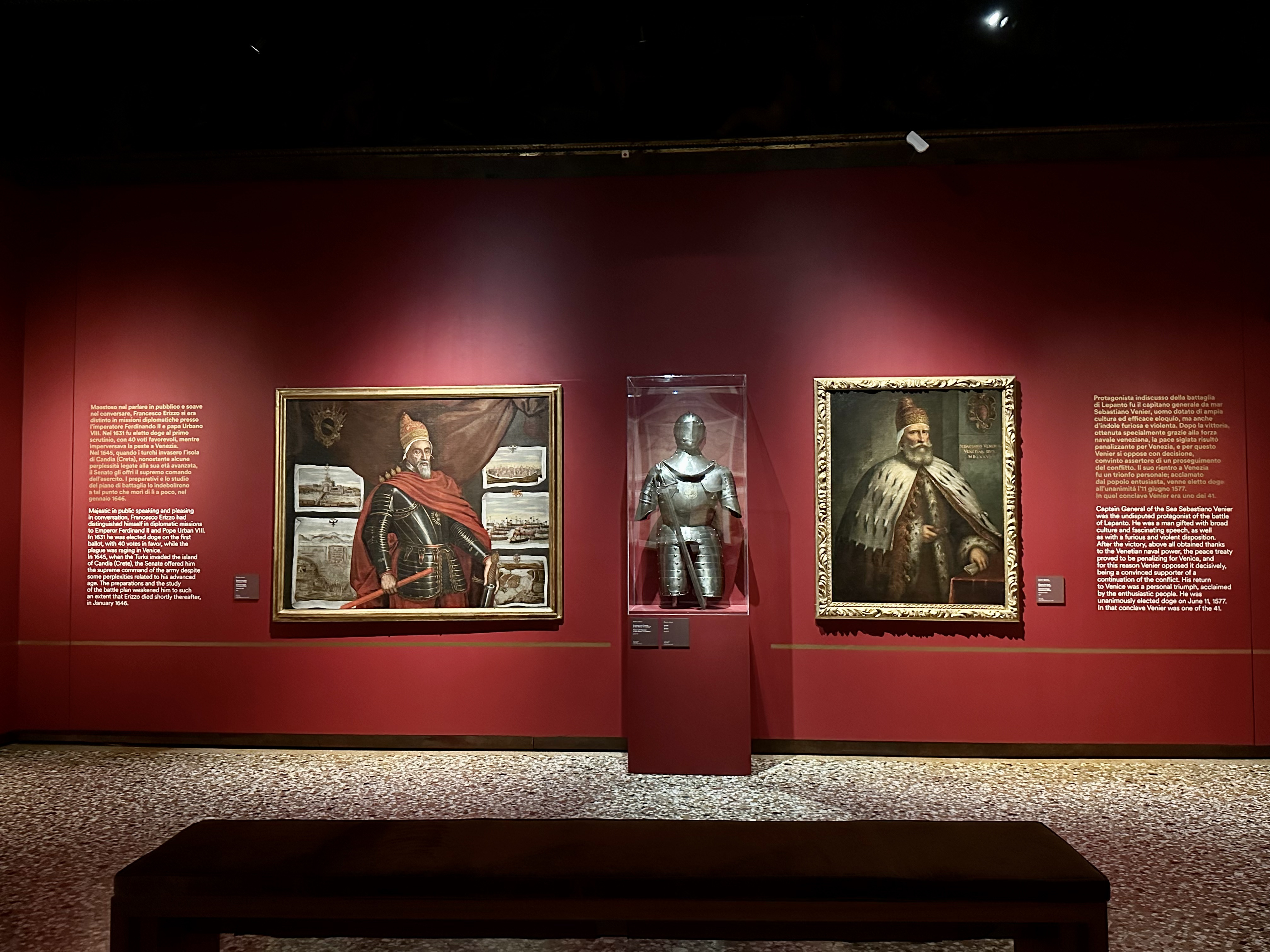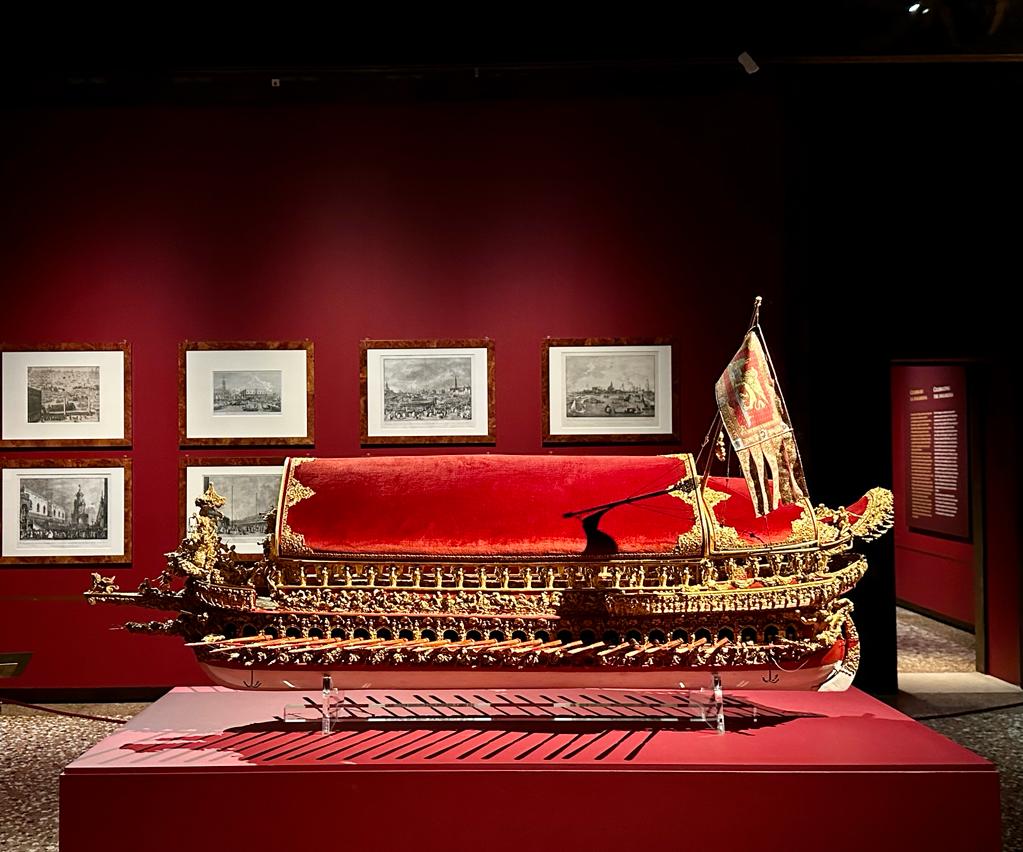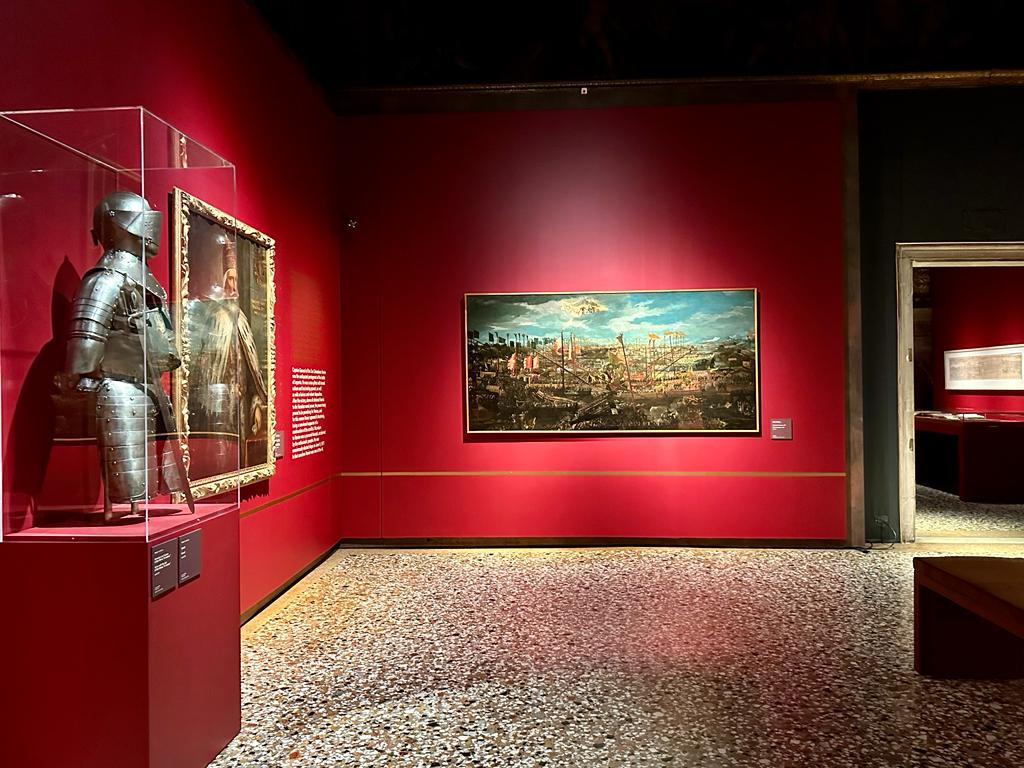At the Doge’s Palace in Venice the Doge’s Apartment shines again

Venice never ceases to amaze and now it is finally possible to visit the Doge’s Apartment, a place steeped in history that is once again part of the exhibition itinerary of the Doge’s Palace in Venice. This new opportunity to get to know Venice, its history and its protagonists is the result of a new layout, created with the aim of telling the thousand-year story of one of the most solid and long-lived figures in the institution of Venice: the Doge.
At the Doge’s Palace in Venice, the Doge’s Apartment is once again part of the exhibition itinerary

The Most Serene Republic of Venice elected no less than 120 Doges, from the establishment of the first, Paoluccio Anafesto, back in 697, until the abdication of the last, Ludovico Manin, in 1797. The Doge’s Apartment was the Doge’s most intimate heart of the Doge’s Palace, that space divided between state rooms reserved for meetings and restricted audiences.
Its strategic location, between the Rio della Canonica, the Golden Staircase and St. Mark’s Basilica, has remained constant over the centuries, although its appearance has been altered during the palace’s numerous renovations. Its current Renaissance appearance dates back to the end of the 16th century.
THE DOGE’S FLAT TODAY
The new exhibition aims to present the figure of the Doge to today’s public through a vast selection of works from the Doge’s Palace in Venice, including paintings, sculptures, artefacts, maps and manuscript and printed texts.
When you enter the Doge’s flat, you will be taken on a fascinating journey through the highlights of Venice’s history, exploring both the major events and the minor anecdotes and happenings. You will immerse yourself in strict ceremonial etiquette, discovering curiosities and anecdotes based on the material evidence on display.
WHO WAS THE DOGE
The doge was originally a head of state with Byzantine roots and military connotations. He later became the official representative of Venice in the eyes of the world over the centuries.
Called ‘Monsignor the Doge’ in public acts, he was the living symbol of the power of Venice, the protagonist of solemn public ceremonies, receptions and feasts. However, his royal power was limited and controlled by the Venetian merchant aristocracy, while his person was constantly watched over by the ducal councillors. In fact, despite being called the ‘Most Serene Prince’, the doge was, to all intents and purposes, the first servant of the Republic. In practice, the doge was called ‘Princeps in solemnitatibus, in curia senator, in urbe captivus, extra urbe reus’ (Prince in solemnities, senator in the senate, prisoner in the city, guilty outside the city).
A VISIT TO THE DOGE’S FLAT
The exhibition begins with the election of the doge and then the instruments, method and symbols of the election itself are presented, enriched by anecdotes such as the longest conclave and the traditional coronation ceremonies. Next, in the Grimani Room, the theme of diplomacy and international relations, fundamental for the preservation and prosperity of Venice, is addressed. Moving on, we immerse ourselves in some of the most important battles fought by the Venetians, focusing on the life of the doge during these events, such as Sebastiano Venier at the Battle of Lepanto in 1571 and Francesco Erizzo at the start of the war of Candia (Crete). A subsequent room recounts the famous conspiracy of Baiamonte Tiepolo, which led to the creation of the powerful Council of Ten, a body created to prevent rebellions and attacks against the state. In the next room, the role of the doge as patron and patron of the arts is explored. In the following rooms, one discovers the more princely aspects of the doge’s life: the relationship with the dogaressa, the festivals and ceremonies that marked the calendar of the Serenissima. During the tour one also has the opportunity to deal with the clothes worn by the doge and dogaressa over the centuries, which testify to the Byzantine origin of the doge’s institution and the transformation of the doge into a ‘Most Serene Prince’.
The room dedicated to the death of the doge, on the other hand, reveals the strict rules of etiquette that governed his funeral rites, with the understanding that “Se l’è mort el Doxe, no l’è morta la Signoria”.
The tour ends with a room illustrating the events of the last doges, with a special focus on the last one, Ludovico Manin. His abdication in 1797 marked the fall of the Republic and the end of the history of the Serenissima. Finally, the last of the twelve rooms of the new route hosts educational activities and in-depth studies curated by the Educational Activities Office.

INFORMATION FOR VISITING THE DOGE’S FLAT
The visit of the Doge’s Apartment is included in the Doge’s Palace visit itinerary, so it is necessary to book tickets for the Doge’s Palace in Venice to avoid the entrance queue and immerse yourself in the history of Venice.
During the summer, the Doge’s Palace will also open its doors in the evening, every Friday and Saturday, until 11pm (last admission at 10pm), and on Thursday 1 June, Monday 14 and Tuesday 15 August. Don’t miss the opportunity to immerse yourself in the fascinating world of the Doge and the thousand-year history of Venice!
If you want to explore the Doge’s Apartment in the Doge’s Palace it means you want to immerse yourself in the heart of Venice, so I suggest you also take a look at the page where I have included information on What to see in Venice. This is a page I have designed for those who, like you, want to discover other fascinating artistic and cultural treasures of this magnificent city. Don’t miss the opportunity to enrich your experience in Venice through my recommendations on unmissable places to visit.
Follow me on:
About me
In this blog, I don't explain the history of art — I tell the stories that art itself tells.


